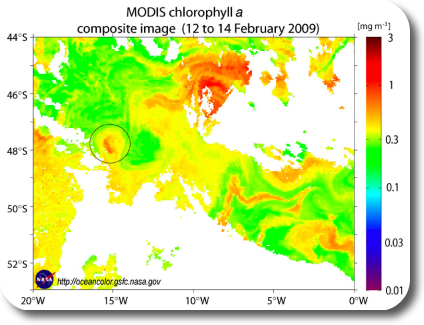Geoengineering
Recently, I ran into the word geoengineering quite frequently. I kind of thought of it as a form of geotechnical engineering, but it seemed like the things that were talked about had not very much to do with geotechnical engineering.
This blog post will try and shed some light into what geoengineering implies. As [wikipedia][1] points out right at the start of its article on “geoengineering“, this term is not to be confused with “geotechnical engineering”! To keep confusion at a minimum level, let’s start with some definitions:
Definitions
To clarify things, here are a few related important definitions from wikipedia:
Geoengineering: manipulate the Earth’s climate to counteract the effects of global warming from greenhouse gas emissions.
Planetary engineering is the application of technology for the purpose of influencing the global properties of a planet. The goal of this theoretical task is usually to make other worlds habitable for life. Geoengineering ti the application of planetary engineering techniques to Earth.
Terraforming is a type of planetary engineering by which a planet’s surface conditions are altered to be more like those of Earth
Geotechnical Engineering is the branch of civil engineering concerned with the engineering behavior of earth materials
Geoengineering
One of the blog posts I came across recently which talk about geoengineering was a post by Miriam Goldstein at The Oyster’s Garter. She discusses the risks and benefits of geoengineering, especially a type of geoengineering called “iron fertilization”. This proposal involves “deliberately stimulating plant growth in the ocean with the aim that the excess material will be permanently sequestered in the deep sea. This would remove carbon from the atmosphere”. For German speaking readers, here is a nice summary. Other types of geoengineering she discusses include stratospheric aerosols, cloud whitening, atmospheric carbon capture, and geochemical carbon capture.
Probably, Miriam is talking about the same iron fertilization project as the german news-magazin “Der Spiegel” in its article from January 14th, 2009. “Der Spiegel” reported then that the project has been halted due to “environmental concerns” – the same concerns which have been raised by Miriram. On January 27th, the german federal research ministry allowed the Polarstern to conduct the experiment (see also this report). The AWI already posted first measurement results. I am not a remote sensing expert, but I kind of believe this map showing that more algae live in the area where the iron was put into the ocean. However, the total range of chlorophyll concentration on the map is from 0.1mg/m3 to 3mg/m3. That’s one order of magnitude. Map taken from here

Map showing chlorophyll a concentration in the ocean at the are where iron was applied (circled) and in the vicinity of that area.
Another set of measurements made available by the Alfred Wegener Institute are depth profiles of dissolved oxygen, silicate, ammonium and chlorophyll taken at two different moments in time: before the iron was put in place and four days after. Again, I am not a biologist or oceanologist, but the changes do not seem extremely high. But then, it’s only after four days.

Concentration profiles of relevant aqueous concentrations before (red) and after (blue) the iron was brought out.
To conclude, I guess it’s too early to conclude if the experiment was successful or not. However, it seems a very risky and monetary intensive experiment.
Here are two more posts dealing with geoengineering:
James Hrynyshyn at “Living on an Island of Doubt in a climate of change” posts some similar doubtful concerns about the effectivity of geoengineering. He writes:
As Lenton and Vaughan write, geoengineering really only makes sense as a part of a larger strategy that includes cutting back hard on greenhouse gas emissions.
Wired reports on a “Carbon Burial” project, also referred to as “geological sequestration”, that will deposit a million metric tons of carbon dioxide into the ground by 2012. This is such a hot topic, it probably deserves an individual post.
After all these novel approaches, an interesting side-node from some classic geotechnical engineering, with an interesting outcome – Wired reports:
Drillers accidentally hit a pocket of molten rock underneath a working geothermal energy field in Hawaii, a lucky break for geologists that could allow them to map the geological plumbing that created everything we know as land.
update Wednesday; April 15, 2009: Wired has an article from a researcher on board a boat in the southern ocean.